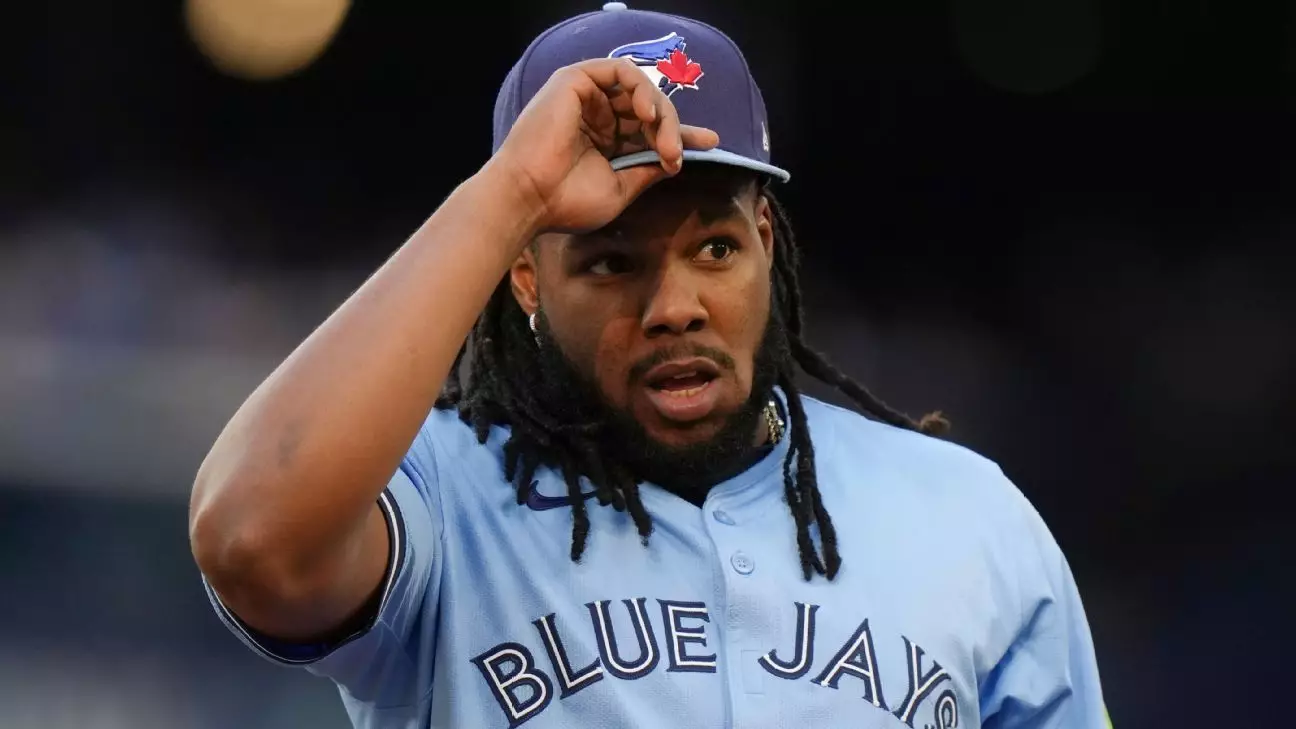Baseball, often referred to as America’s pastime, is not just beloved for the game itself but also for the business that surrounds it. Recently, player salaries, particularly those negotiated through arbitration, have become a topic of heated discussion. The dynamics of these negotiations reveal much about the evolving landscape of baseball economics, the commodification of talent, and the broader implications for teams and players alike.
Arbitration in Major League Baseball (MLB) provides a legal framework for players to negotiate their salaries. This process is particularly vital for those who have not yet reached free agency—a stage where market forces influence their earnings substantially. Unlike in conventional contracts where terms are mutually agreed upon, arbitration involves a third-party panel that listens to each party’s proposed salary and makes a binding decision. This adds a layer of complexity and unpredictability, and highlights the urgency and stakes involved for both players and teams.
This year, the Toronto Blue Jays and their first baseman, Vladimir Guerrero Jr., avoided a potentially contentious arbitration hearing by reaching a mutual agreement on a one-year contract worth $28.5 million. This contract underscores not only Guerrero’s value as a player but also reflects the trends in league-wide salary increases as star players reposition themselves in the market. In the realm of numbers, players like Houston Astros left-hander Framber Valdez also secured lucrative contracts, affirming a shift toward higher earnings across the board.
Guerrero’s negotiation was particularly noteworthy when considering his previous year’s arbitration success, where he earned a staggering $19.9 million—a record for an arbitration decision. Such substantial figures are not merely the result of on-field performance but are also a reflection of the current state of the market where star players can command dramatically higher salaries. Comparatively, Juan Soto’s contract with the New York Yankees last year, which surpassed $31 million, further complicates the narrative of player salaries. This trend illustrates the rising financial stakes and the increasingly competitive environment surrounding MLB contracts.
Moreover, Tarik Skubal, the reigning American League Cy Young Award winner, received a notable contract well ahead of his free agency eligibility, highlighting the teams’ willingness to invest significantly in young, talented pitchers. This trend echoes the larger movement towards financial commitment to key players, often resulting in contracts that mirror or exceed those of established stars.
While approximately 155 players were eligible for arbitration this season, the majority reached agreements, indicating a trend toward constructive negotiations. Yet, for those who fail to find common ground, hearings remain a stark reality. The trend of recent arbitration cases shows varied outcomes, yet players had a winning record for the first time in years last season. This slight advantage for players might reflect a growing awareness around player rights and the evolving nature of arbitration decisions, suggesting that players may be gaining more leverage than in previous years.
Seeing how the market dynamics evolve, teams such as the Chicago Cubs and Boston Red Sox face challenges in negotiations with certain players. In the case of outfielders Kyle Tucker and Jarren Duran, a failure to reach agreements indicates a potential shift in team strategies regarding young talent versus established players’ demands.
Arbitration serves as a critical lens through which one can analyze the ongoing shifts in player valuation in baseball. With significant contracts being disbursed, teams must balance their books carefully while maintaining the competitive edge. Moreover, the long-term implications of these financial decisions will resonate through the league.
The current landscape of player salaries is not static but dynamic, revealing a continuous battle for value recognition among players and teams. As young talents emerge and solidify their status, the negotiations surrounding their contracts will only grow more complex. The arbitration process reflects not only the immediate financial implications but also reveals deeper trends in how MLB operates, hinting at a future where player empowerment continues to gain momentum amid financial intricacies. The implications of these changes are far-reaching, providing a fascinating narrative to follow as baseball continues to evolve.

